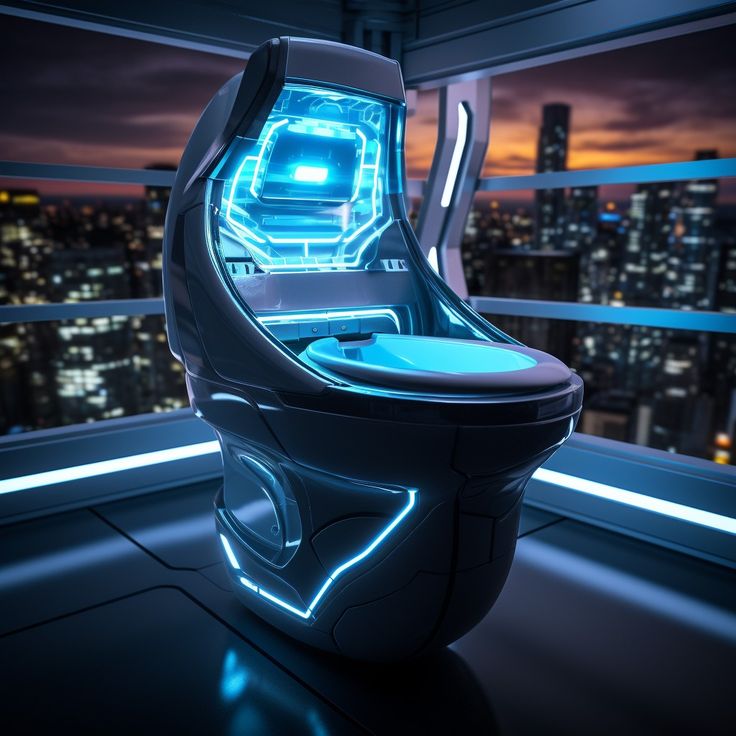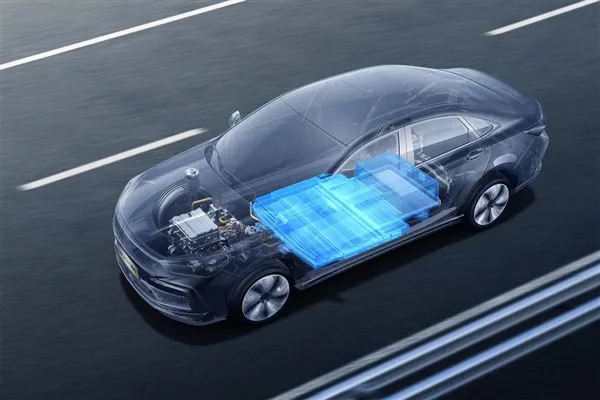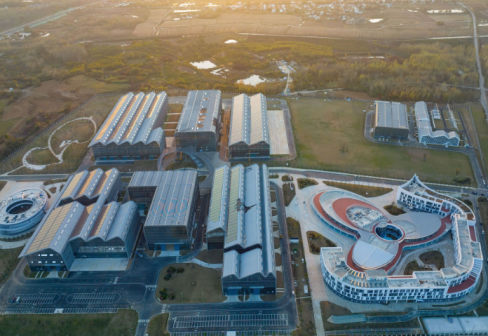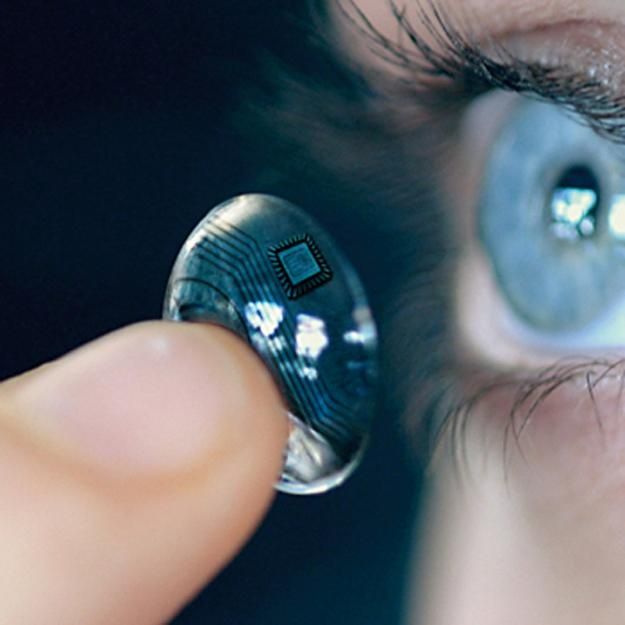Infineon and NVIDIA Join Forces: Teaching Robots to Move Like Humans
In science fiction movies, we've long been accustomed to humanoid robots that can converse with people, help with household chores, and even drive you to work. But in the real world, enabling machines to truly "move like humans" has remained both a dream and a challenge for engineers. Now, that dream is gaining new momentum: semiconductor giant Infineon has announced a deep collaboration with NVIDIA to leverage its computing platform and accelerate humanoid robot development. This isn't just a technical partnership-it's more like a union of "brains and limbs."| Infineon provides the robot's muscles, nerves, and senses microcontrollers, sensors, power electronics, and motor drivers, while NVIDIA supplies the superbrain, the Jetson Thor module series, delivering massive computing power and intelligent decision-making.
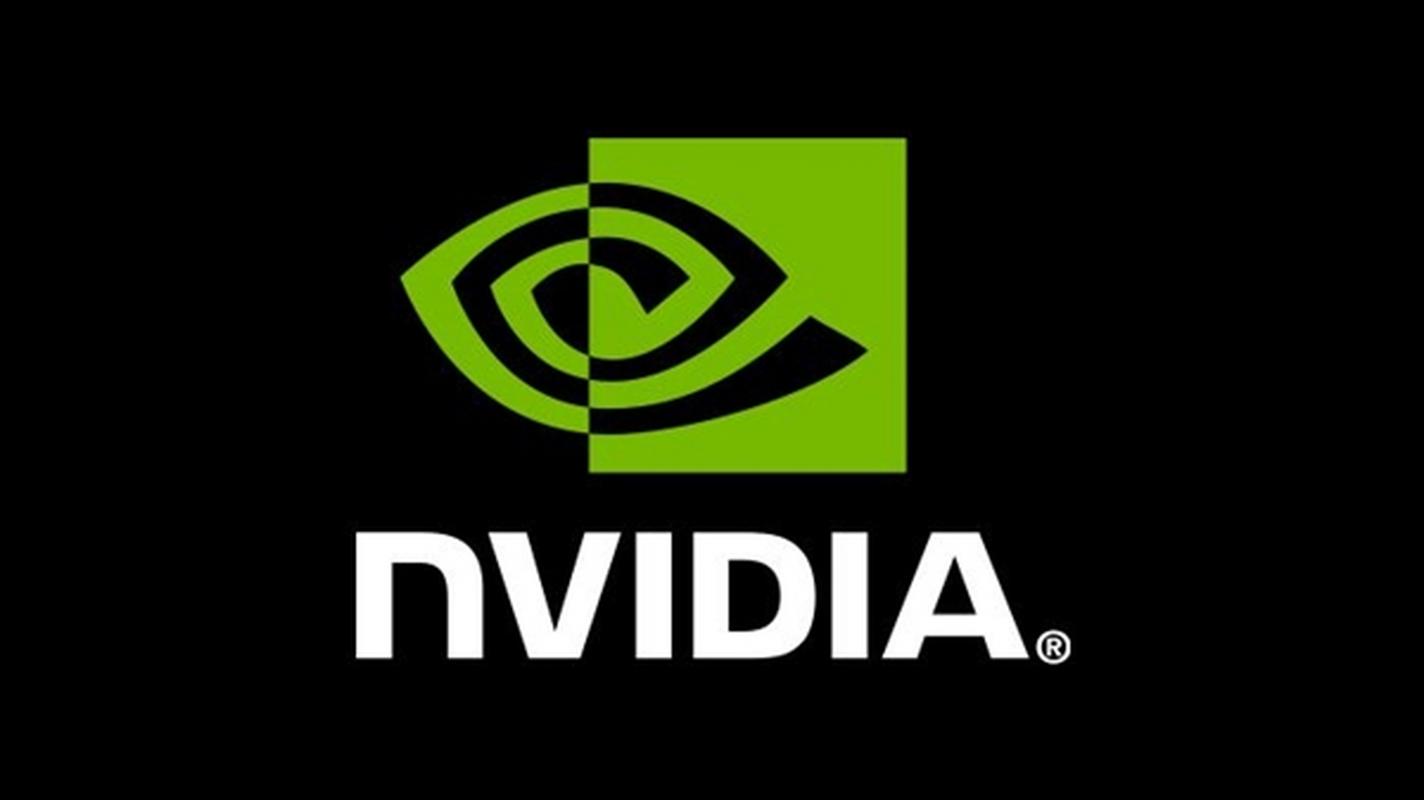
Humanoid robots are no longer just eye-catching exhibition pieces; they are gradually entering production and real-world applications. In manufacturing, robots are expected to work alongside humans, handling and assembling complex components. In logistics, robots are required to sort goods and transport packages in warehouses just like humans. In healthcare, robots are envisioned for rehabilitation assistance and. patient care. If a robot walks unsteadily or delays a hand movement by even half a second, it can halt production lines or create safety hazards. This is exactly the challenge Infineon and NVIDIA are tackling together.
Infineon holds the key tools that bring robots closer to human-like movement. First are microcontrollers. These act like small brains distributed throughout the body. rapidly processing perception and motion commands to ensure smooth, coordinated | actions. Infineon's multicore microcontrollers can perform real-time motor control with near-zero latency, making movements like raising an arm or stepping forward appear natural. Second are sensors. For robots to move safely like humans, they must "perceive" their environment. Infineon's sensors detect position, angle, pressure, and current— providing robots with a sense of "touch" and "balance."
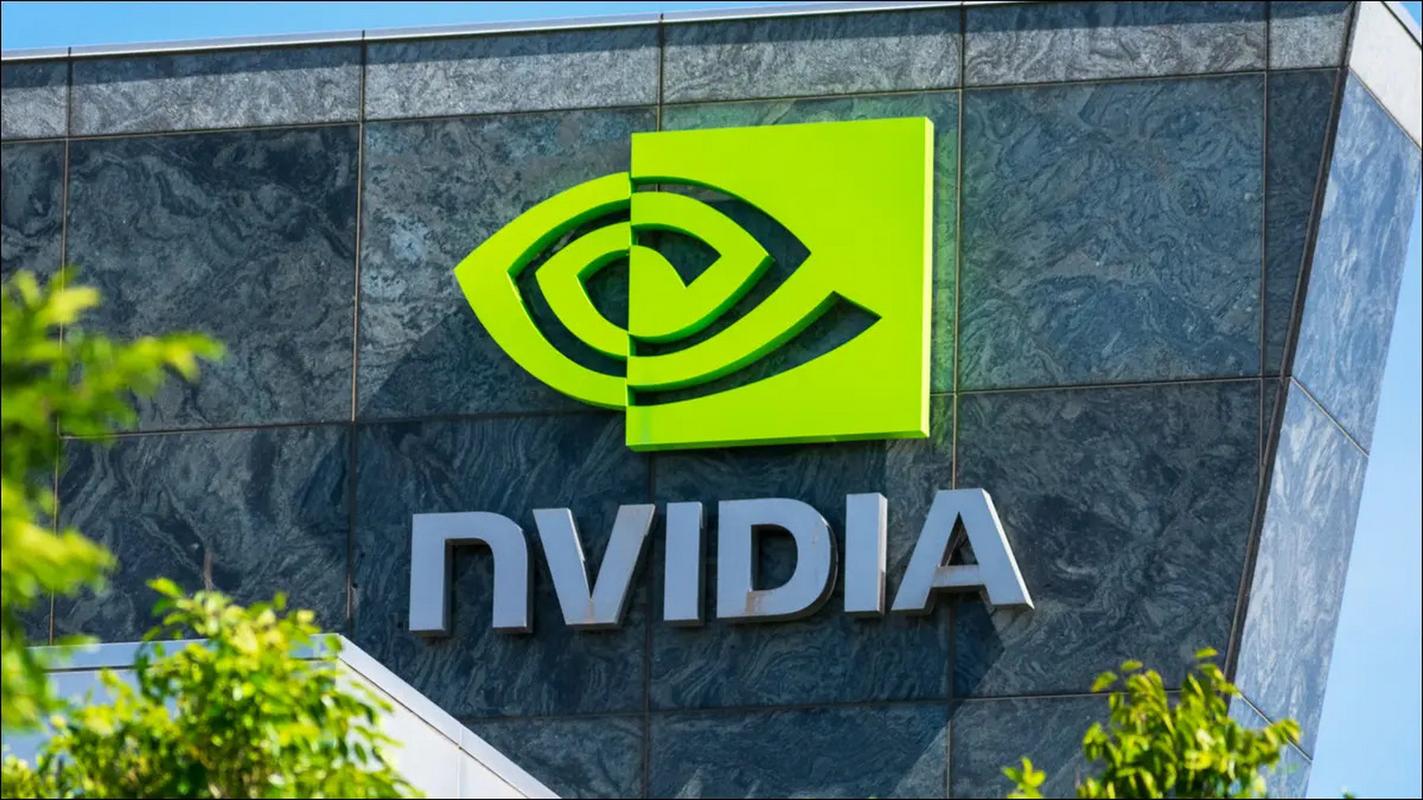
Third are power electronics and motor drivers. The fluidity of robot motion heavily depends on motor control precision. Infineon's next-generation motor-control chips utilise gallium nitride (Gay) technology, enabling motors to deliver stronger power in a smaller footprint while reducing energy loss. For robots, this means steadier motion and longer operational time. Finally, connectivity is crucial. Future robots are not isolated units; they must integrate seamlessly into smart factories or connected urban environments.
If Infineon gives robots a strong body, NVIDIA teaches them to "think." The Jetson Thor modules are NVIDIA's new platform for robotics and physical AI, capable of performing complex computation and reasoning in milliseconds. This allows robots to move beyond mechanically following instructions, and they can make decisions based on real-time environments. For instance, a robot in a warehouse may initially plan to carry a package, but if an obstacle suddenly appears, it can instantly re-route, just like a human would.
Equally important, NVIDIA's platform integrates seamlessly with Infineon's controllers. Infineon's PSOC series controllers work in tandem with NVIDIA's Holoscan Sensor Bridge, enabling robots to "see" environmental data and instantly transmit it to the brain module, completing the perception-computation-action loop in real time.
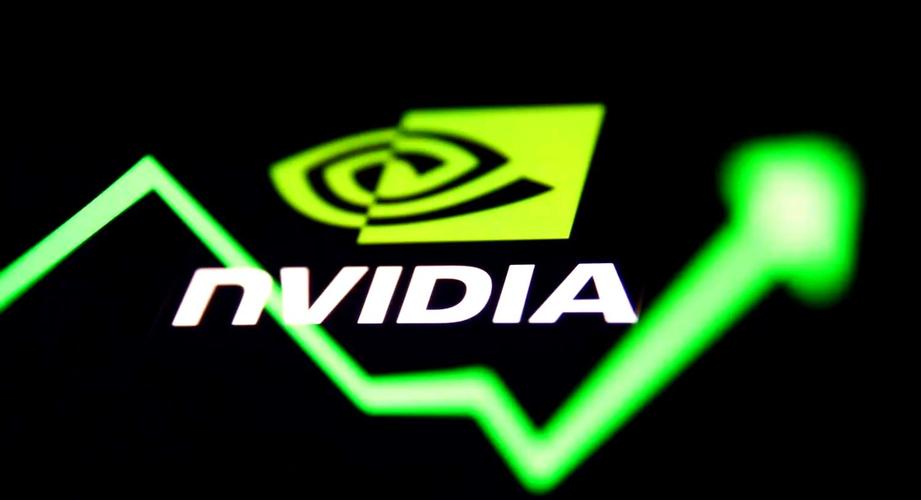
Making robots move gracefully like humans is no easy task. Traditional motor control can cause noise or unstable torque, resulting in shaky or uneven movements. Infineon uses a field-oriented control (FOC) algorithm that maintains stable motor output, effectively giving robots "shock-absorbing shoes." Imagine a robot carrying a cup of water across an office: without stable motor control, the water would spill. With this precise algorithm, the robot can walk steadily, even delivering the water like a human server.
Another highlight of this collaboration is Infineon's expansion of its product portfolio. The company previously acquired Marvell's automotive Ethernet business and launched the BRIGHTLANE high-speed communication solution. Applying this technology to robots enables faster, more stable information transfer between robot components. In factories, robots can cooperate like assembly-line workers; in hospitals, they may assist staff in patient transfers and medication delivery.
The partnership between Infipeon and NVIDIA is not just a corporate announcement-it's a window into the future. It signifies a transition from robots as "visible but impractical" exhibition pieces to "real, functional" partners that can actively support human work and daily life.
(Writer:Lorik)
